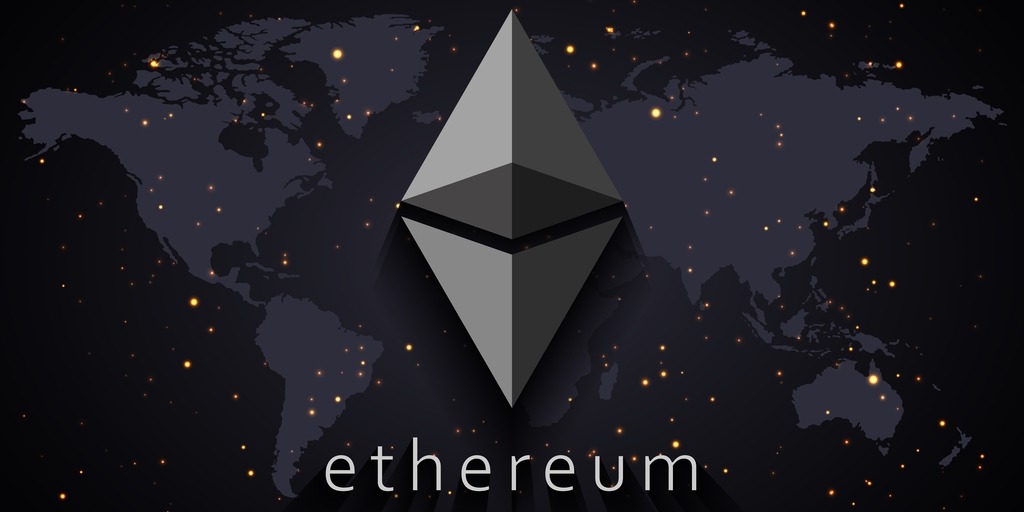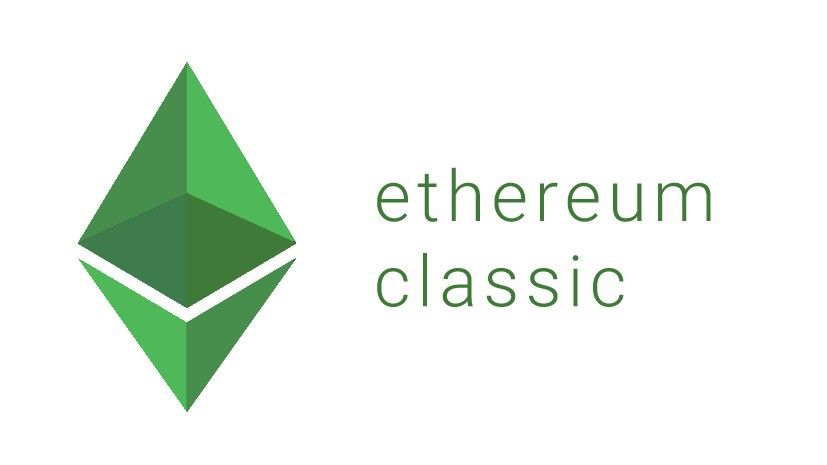Top 5 Questions Answered About Proof Of Work
The network’s transition from its initial proof-of-work system to a proof-of-stake system, slated to take place in mid-September 2022, is known as the Ethereum Merge.
When Ethereum first came online, it validated and recorded transactions using the same proof-of-work algorithm as Bitcoin. This system’s significant flaw is its incredibly high energy consumption, leading to Bitcoin using more energy annually than in some countries.
Ethereum introduced a proof-of-stake network called the Beacon Chain in 2020. To process transactions, it nevertheless kept using the original proof-of-work mainnet. When Ethereum switches to proof of stake during The Merge, the Beacon Chain will be integrated with the mainnet. Energy efficiency is The Merge’s main advantage. There will be a slight difference in transaction speeds, but not one that most users will notice.
Top 5 Questions Answered About Proof Of Work
- What are the most prevalent categories of nodes?
The most well-known consensus mechanisms are probably proof-of-work and proof-of-stake, but new ones are constantly being developed.
PoW blockchains, which both Bitcoin and Ethereum use, have long dominated the cryptocurrency industry. In other words, miners are in charge of protecting the network and validating transactions, and as a result, they are paid with new coins.
Massive quantities of processing power are required for miners to solve arbitrary mathematical equations. More sophisticated technology was needed as the industry evolved and electricity use increased. However, a prominent complaint of Proof-of-Work is the amount of energy it consumes and the environmental impact that such blockchains have.
Because of this, Proof-of-Stake is now viewed as a more environmentally friendly method. However, advocates assert that PoS can use 99% less energy than PoW, some worry that this could result in higher degrees of centralization and censorship. Validators, nodes with a financial interest in the flawless operation of the network, take the place of miners. Observing how this high-stakes experiment turns out once Ethereum transitions to this consensus mechanism during The Merge will be interesting. Published Proof-of-Contribution, or PPoC for short, is an innovative methodology. Everyone in this situation is responsible for contributing to the ecosystem’s democratic, decentralized, and well-run governance.
- How effective are these methods for reaching consensus?
This can be measured in several ways, including gas costs, block confirmation times, and scalability. Each of these three elements is important to the success of a blockchain. When there is a bull market, gas fees on Proof-of-Work blockchains sometimes increase, making it more expensive to process transactions quickly.
Depending on the mining difficulty, blocks in PoW can typically take up to 10 minutes to be finished. Ethereum claims that PoS offers a higher level of assurance and a predetermined pace, with a validator selected randomly to produce a new block every 12 seconds.
There may be concerns about both blockchains that individuals with the most hardware available for mining or the most cryptocurrency pledged may wind up controlling the block rewards. This is addressed by PPoC methods, which mine blocks every two seconds while equally rewarding each node. This implies that each participant gets gradually rewarded for their contribution to the network, in principle.
Also Read: Why is Proof Of Work Objective?
- What obstacles must be overcome before transactions can be validated?
The entry requirements vary greatly depending on where you participate in PoW or PoS.
As we previously stated, becoming a lucrative Bitcoin miner is difficult. Giant farms with abundant resources are fierce rivals, and purchasing the newest machinery can be expensive. Additionally, there is a genuine possibility that you could wind up spending more money than you make due to blocking rewards halving every four years and the rising cost of electricity in many regions of the world.
Different problems arise with Proof-of-Stake. The 32 ETH required by Ethereum’s new network for validator nodes makes it an investment that many regular consumers won’t be able to afford, given that it is worth tens of thousands of dollars. These payments may also be reduced if you unintentionally behave against the network’s best interests due to technical difficulties. While accessing staking rewards for less is feasible, doing so requires you to put your faith in centralized suppliers.
But there may be alternate strategies. Some blockchain networks provide a mix of validator nodes shared by all wallet users and masternodes owned by authorized companies. Their interests are safeguarded in this situation by a node representative who has been PPoC-verified. A key advantage of this is that common user will still be motivated to stake even though they won’t have to worry about the technical details of maintaining a blockchain.
- How might PPoC help common users?
Beyond staking, blockchains that employ PPoC can greatly improve the viability of employing bitcoins as regular payment methods.
On Proof-of-Work blockchains, having to wait for several confirmations before receiving money can be annoying, not the least, because of how volatile cryptocurrencies are and how much their value can fluctuate in such a short amount of time.
And since a decision must be made quickly, choosing the appropriate gas price might be a guessing game. Too little, and miners can decide to ignore your transaction in favor of more lucrative ones, leaving it sitting in a mempool. Spending over your means is a waste of money when done in excess.
PPoC-based blockchain networks, like Eurus, assist address both drawbacks by guaranteeing that transactions may be completed in under two seconds and that no threshold considerations for miners need to be taken into account. The ability to conduct cross-chain transactions is another benefit, as it is a cutting-edge block search engine that provides much-needed transparency.
- How precisely does Eurus operate?
This Layer 1 blockchain connects the Ethereum mainnet and other networks via an interoperable bridge protocol. It is built on sidechain technology.
The creators of Eurus claim that their mission is to ensure that major blockchains can communicate with one another, deliver faster crypto transactions and payments, and address some of the common issues identified with major networks, including slow transaction speeds and high gas fees. This will be essential in overcoming the significant obstacles to the widespread acceptance of cryptocurrencies while allowing the general public to participate in a passionate, open, and transparent community.
Stay informed with daily updates from Blockchain Magazine on Google News. Click here to follow us and mark as favorite: [Blockchain Magazine on Google News].
Get Blockchain Insights In Inbox
Stay ahead of the curve with expert analysis and market updates.
latest from tech
Disclaimer: Any post shared by a third-party agency are sponsored and Blockchain Magazine has no views on any such posts. The views and opinions expressed in this post are those of the clients and do not necessarily reflect the official policy or position of Blockchain Magazine. The information provided in this post is for informational purposes only and should not be considered as financial, investment, or professional advice. Blockchain Magazine does not endorse or promote any specific products, services, or companies mentioned in this posts. Readers are encouraged to conduct their own research and consult with a qualified professional before making any financial decisions. The featured image used is just a creative depiction of the title and it does not intend to hurt sentiments of any person or institution. If it hurts anyone sentiments, please do not hesitate to reach out to Blockchain Magazine.

 Bitcoin
Bitcoin  Ethereum
Ethereum  XRP
XRP  Tether
Tether  Solana
Solana  Dogecoin
Dogecoin  USDC
USDC  Cardano
Cardano  Lido Staked Ether
Lido Staked Ether  TRON
TRON  Chainlink
Chainlink  Avalanche
Avalanche  Wrapped stETH
Wrapped stETH  Wrapped Bitcoin
Wrapped Bitcoin  Stellar
Stellar  Sui
Sui  Hedera
Hedera  Toncoin
Toncoin  Shiba Inu
Shiba Inu  WETH
WETH  Polkadot
Polkadot  Litecoin
Litecoin  LEO Token
LEO Token  Bitget Token
Bitget Token  Bitcoin Cash
Bitcoin Cash  Hyperliquid
Hyperliquid  Uniswap
Uniswap  Wrapped eETH
Wrapped eETH  USDS
USDS  Pepe
Pepe  Official Trump
Official Trump  NEAR Protocol
NEAR Protocol  Ethena USDe
Ethena USDe  Aave
Aave  Aptos
Aptos  Ondo
Ondo  Internet Computer
Internet Computer  Ethereum Classic
Ethereum Classic  WhiteBIT Coin
WhiteBIT Coin  Monero
Monero  Mantle
Mantle  Cronos
Cronos  POL (ex-MATIC)
POL (ex-MATIC)  Jupiter
Jupiter  Render
Render  Dai
Dai  MANTRA
MANTRA  Layer One X
Layer One X 




